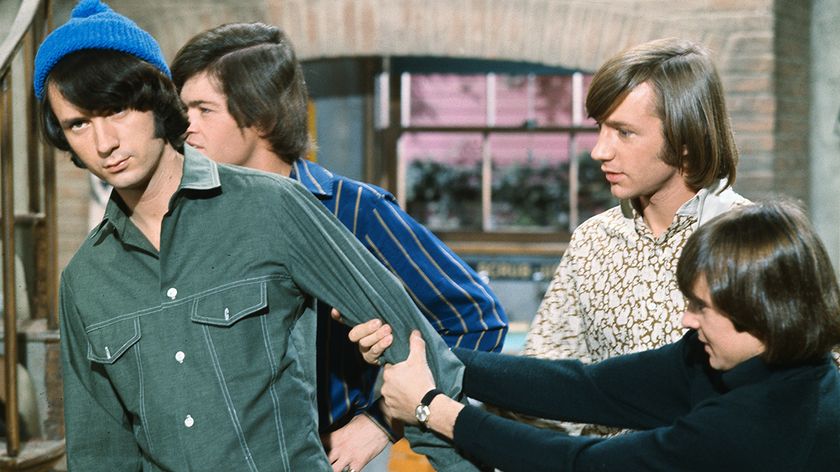Zacky Vengeance and KHDK Electronics bang their heads together for the brain-eating Night of the Living Shred high-gain preamp pedal
“This is about recreating the sounds that made me want to play guitar in the first place” says the Avenged Sevenfold guitarist
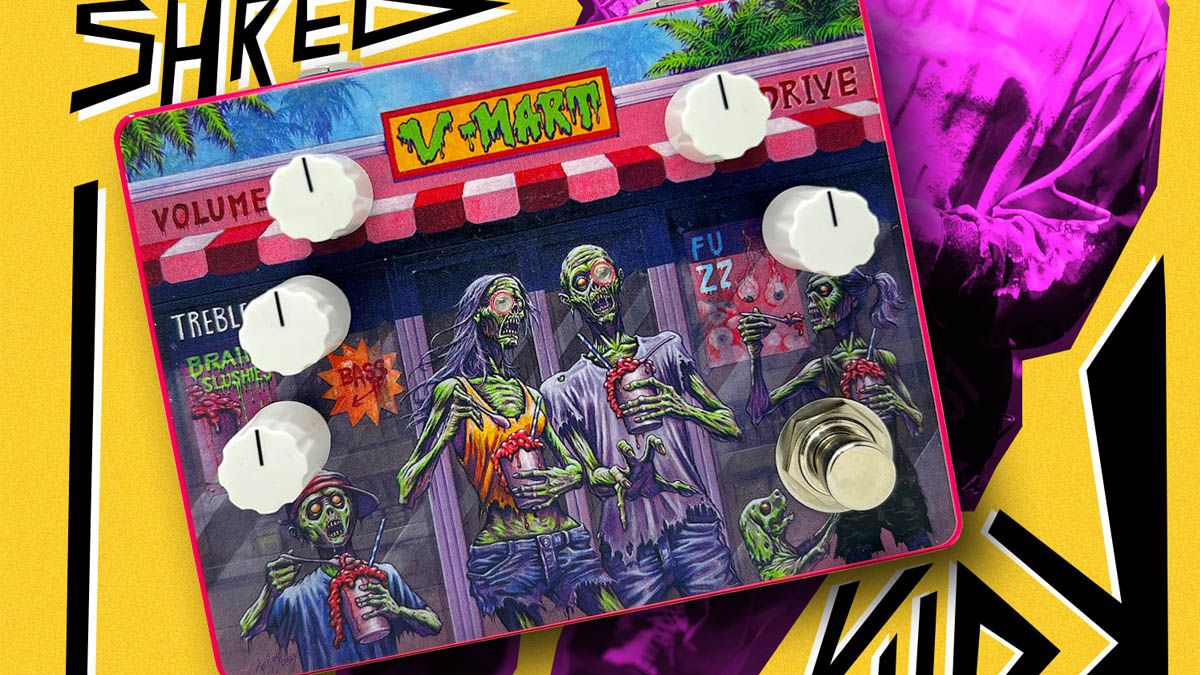
KHDK Electronics and Zacky Vengeance of Avenged Sevenfold have teamed up for a horror-inspired high-gain preamp pedal. It’s called Night Of The Living Shred and “it sounds like grit, fuzz and munching on brains”.
The limited edition stompbox is the latest KHDK collab with a metal guitar luminary, and it follows in the pedalboard grip tape of Scott Ian’s Sgt D., Slipknot’s VMan’s Totality, Doyle Wolfgang Von Frankenstein’s Annihilator II and other distortion and overdrive pedals designed with the likes of Trivium and Behemoth’s Nergal.
The Night Of The Living Shred is a comprehensive solution for adding gain and filth, and features independent distortion and fuzz circuits plus some magnificent zombie artwork courtesy of Mario Lopez. Its design was originally inspired by the Static Age pedal that KHDK made under license for the Misfits.
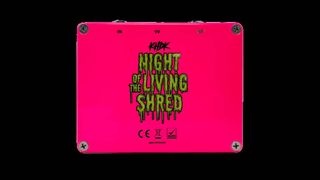
The story goes that Vengeance had one, loved it, and wanted something similar that would work with his own sound. The Static Age might not have been decorated with KHDK trade dress but it certainly bore all the hallmarks of a a housed two types of gain in one enclosure, Gain and Attitude, with a two-band EQ and volume, and we see a similar concept here, albeit with an all-new circuit.
As mentioned above, the fuzz and distortion circuits are wholly independent so you can run the pedal as a straight up fuzz pedal or drive, and of course mix and match all different kinds of texture of drive and fuzz. The bass and treble controls behave in much the same way they do on a guitar amp, while the Volume dial controls the overall output of the pedal.
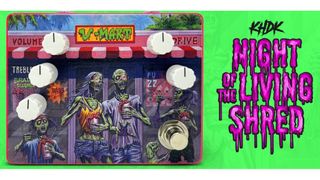
KHDK recommends starting with everything at 12 o’clock, then adjusting to taste, and to run the pedal into the clean channel of your amp, or a low-gain setting on crunch channel. Basically, this thing has all the gain and filth you need.
There is an internal switch that allows you to run the Night Of The Living Shred as a straight-up preamp pedal, whereby you can run it straight into a power amp and you are off to the races. You’ll need 9V DC from a pedalboard power supply to make it go. Each of the pedals is built in the EU and ships with a certificate of authenticity signed by Zacky Vengeance, who describes the project as being “about recreating the sounds that made me want to play guitar in the first place.”
Get the MusicRadar Newsletter
Want all the hottest music and gear news, reviews, deals, features and more, direct to your inbox? Sign up here.
It’s nice, too, that the pedal has a theme to it – though the name makes us first think of the legendary Joe Stump shred album from 1994. This is the high-gain preamp pedal for the day, whenever that may come, that the zombies have taken over and have the run of the place. Good luck to them. Night Of The Living Shred is priced $249 and you can find out more over at KHDK Electronics.
Jonathan Horsley has been writing about guitars and guitar culture since 2005, playing them since 1990, and regularly contributes to MusicRadar, Total Guitar and Guitar World. He uses Jazz III nylon picks, 10s during the week, 9s at the weekend, and shamefully still struggles with rhythm figure one of Van Halen’s Panama.
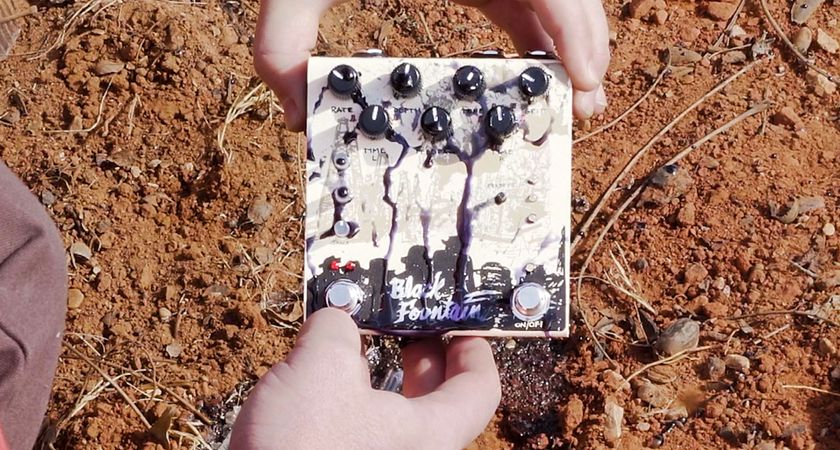
“Perfect for chorusing, doubling, slapback, and long rhythmic delays alike”: Old Blood Noise Endeavors’ Black Fountain Stereo is an oil can delay emulation pedal packed with modern features

"The PXO is that rarest of things - an overdrive that is a little bit different": J Rockett Audio Designs PXO Phil-X Signature Boost and Overdrive Pedal


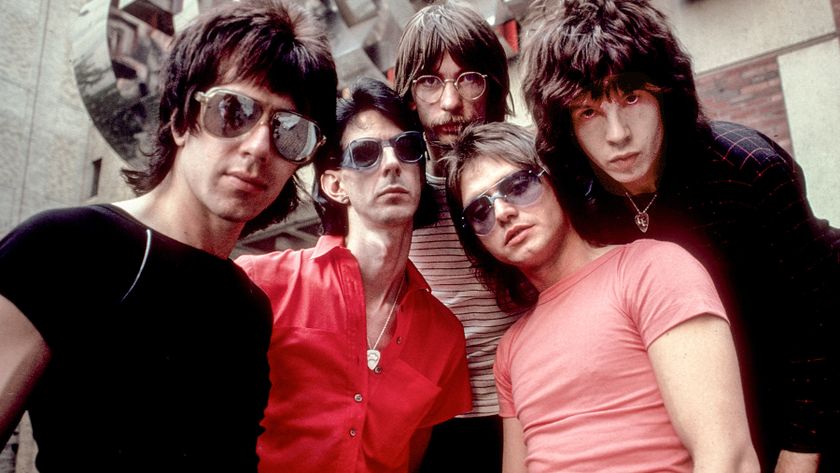
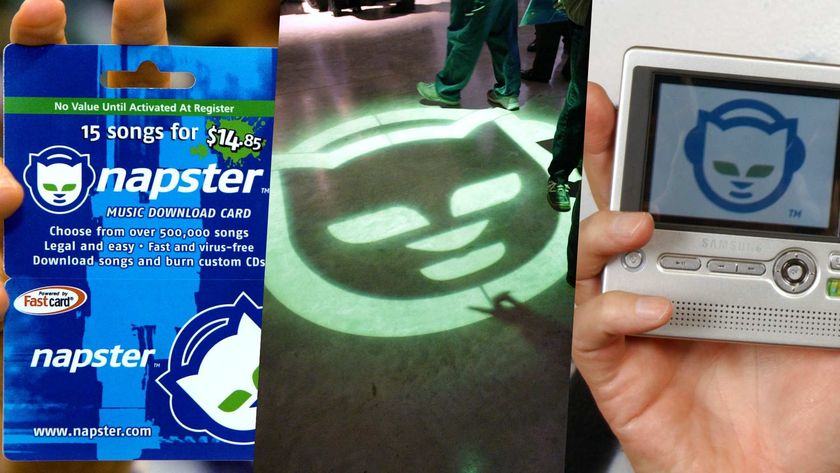




![Justin Hawkins [left] of the Darkness plays an open G on his offset electric and closes his eyes as he performs onstage; soul-reggae icon Johnny Nash [right] frets a chord on his acoustic and wears a patched denim jacket.](https://cdn.mos.cms.futurecdn.net/hWzCjD9ZWQiPPjMtTWiFfa-840-80.jpg)

